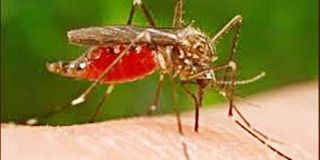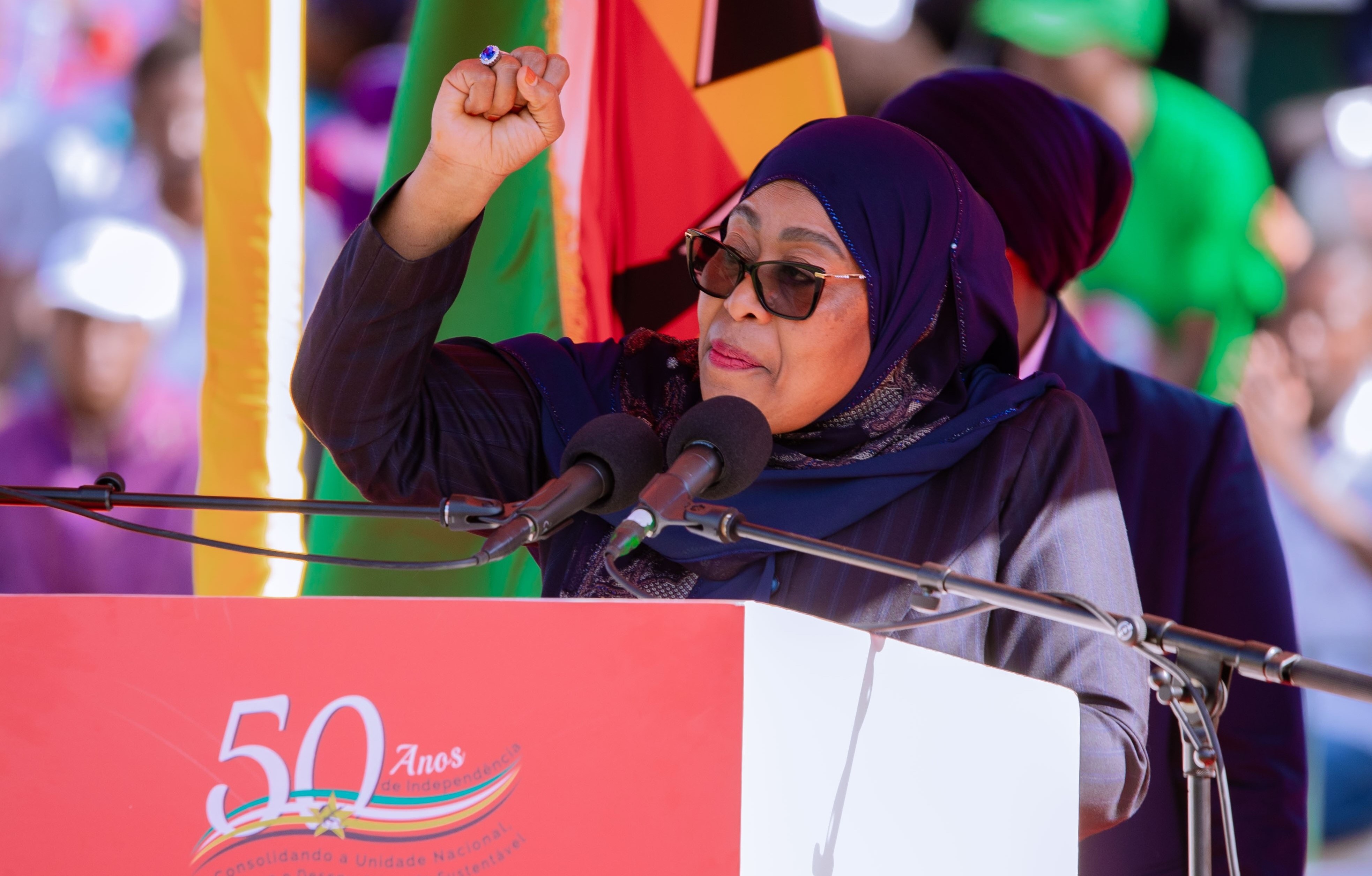New malaria vaccine shows early promise

What you need to know:
Tanzania will join US and Germany later this year for clinical trials of the vaccine, according to the Executive director of Ifakara Health Institute, Dr Salim Abdulla. He said the government is expected to give approval for the full trials.
Washington/Dar es Salaam. A new kind of malaria vaccine that mimics the effect of mosquito bites has shown early promise by offering 100 per cent protection to a dozen human volunteers, researchers said Thursday.
Tanzania will join US and Germany later this year for clinical trials of the vaccine, according to the Executive director of Ifakara Health Institute, Dr Salim Abdulla. He said the government is expected to give approval for the full trials.
The experimental vaccine, called PfSPZ and produced by the Maryland-based company Sanaria, contains live malaria parasites collected through a painstaking process of dissecting the salivary glands of mosquitoes.
These immature parasites, known as sporozoites, are then weakened so they cannot cause illness and incorporated into a vaccine, which must be injected into a person’s veins several times, with each shot about a month apart.
“When we started doing this, everybody knew that sporozoites were the gold standard but everyone thought it was impossible to make a vaccine out of sporozoites and we were crazy. And we have proven them wrong,” Sanaria chief scientific officer Stephen Hoffman told AFP.
A test two years ago that administered the same vaccine into the skin of patients, the way most vaccines are given, protected only two of 44 volunteers.
But the latest trial showed that injecting the vaccine into the bloodstream protected against malaria in all six volunteers who received a five-shot regimen at the highest dosage, according to the results published in the US journal Science.
Six of nine volunteers in a separate group that received four shots of the highest dose -- 135,000 sporozoites per injection -- were also fully protected against malaria, it said.
The phase I study included 57 people -- including 40 who received the vaccine in varying doses and 17 controls.
The study was co-authored by Hoffman and Robert Seder of the National Institute of Allergy and Infectious Diseases.“The good news is that the proof of concept is quite impressive,” said Anthony Fauci, director of NIAID.
“The sobering news is that we still have a lot of work to do in order to prove that this is something that has very broad applications.”
There is no vaccine on the market for malaria, which infected some 220 million people in 2010 and killed 660,000 according to the World Health Organisation. Most of the deaths were among children in Africa.
Another vaccine effort under way is the RTS,S trial. Its phase III results, reported in Science in 2012, showed 31 per cent effectiveness in young infants and 56 per cent in older babies and toddlers.
Hoffman told Science he realised years ago that a single protein vaccine like RTS,S would “never do the job” of warding off malaria, which is caused by a 5,000-gene parasite.
He was inspired instead by studies in the 1970s that showed 90 per cent of volunteers were protected against malaria after getting more than 1,000 bites from infected mosquitoes that had undergone radiation to weaken the Plasmodium falciparum parasite.
Hoffman said his product is believed to protect against malaria for a period of six to 10 months. It also needs to be shown to work against all different kinds of malaria parasites.
Hoffman estimated it would be four years before a vaccine may reach the marketplace. He said about $110 million has been invested so far.
“The major challenge has been overcome -- that is to prove the principle that we actually have a product that can protect all the people whom we immunize.”



